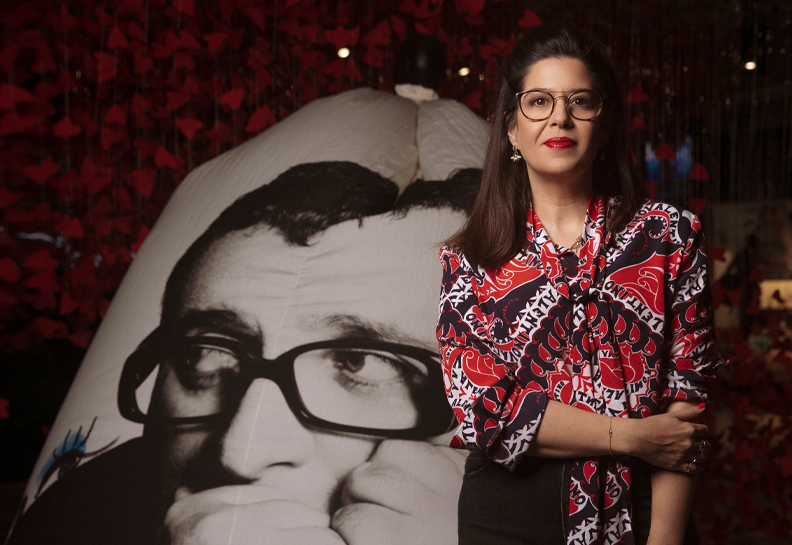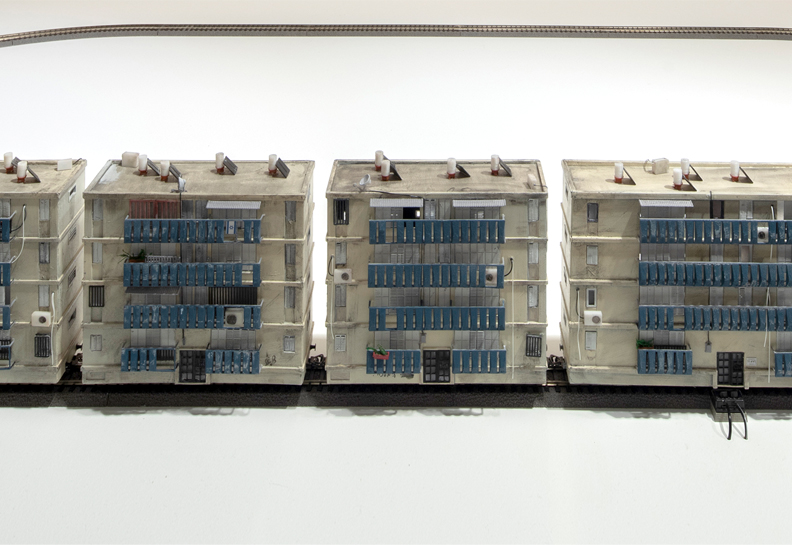Learning about design – a family tour of Musée des Arts Décoratifs (Museum of Decorative Arts) in Paris with a 7-year-old child
Learning about design – a family tour of Musée des Arts Décoratifs (Museum of Decorative Arts) in Paris with a 7-year-old child
In the Israel-France forum that was held during Design Week Holon, an important question was put on the table during the Portfolio Live session moderated by Yuval Saar: How come a museum devoted to design has not yet been established in Paris? It seemed that the members of the panel concurred that currently only one museum fills that void: Musée des Arts Décoratifs. This piqued my curiosity and fueled a desire in me to visit this museum.
Last May we went on a family vacation to Paris – two parents and a 7-year-old design enthusiast. The world of design and contemporary art has been offering an abundance of exhibitions and festivals in recent years, and yet a routine visit in Paris usually amounts to a longer or shorter tour of one of the famous big museums: The Louvre, Musée d’Orsay, or The Pompidou Center. But we came with a purpose! Turns out that situated in an ancient building in the best of French tradition on Rue de Rivoli, about two hundred meters from the Louvre’s transparent pyramid, is Musée des Arts Décoratifs.
The museum has fascinating permanent exhibitions engaging in the changes that have occurred throughout history in the world of the decorative arts: the southeast wing presents the cradle of designed objects and furniture, from medieval religious artifacts, to rococo and the Renaissance, to serially produced objects in the Industrial Revolution.
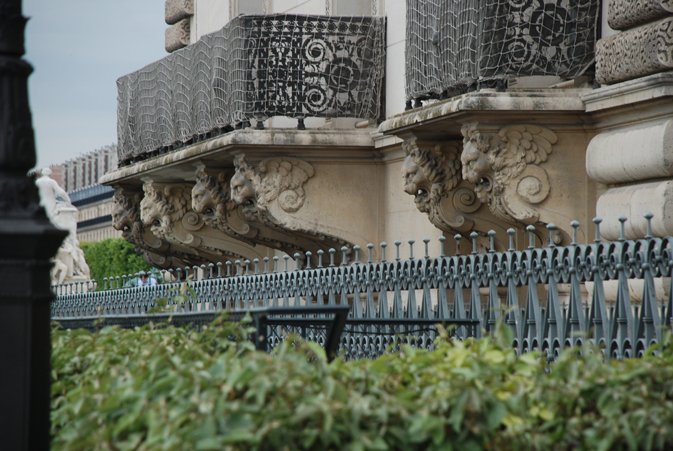 Musée des Arts Décoratifs | Photograph: Michal Ben-Zvi Spiegel
Musée des Arts Décoratifs | Photograph: Michal Ben-Zvi Spiegel
Covering five floors, the northwest wing relates the story of the world of furniture in the last hundred years. As can be expected, center stage is given to prominent French designers, but the curators have not overlooked the big names in the world of European design, across the ocean, and the English Channel: Eileen Gray, Alessandro Mendini, the Castiglioni brothers, and Charles and Ray Eames – the latter two being represented together by more than fifty iconic chairs on a central platform, and beside it the “ambiance room” where our 7-year-old calmly rocked in Eero Aarnio’s 1968 transparent bubble chair while we enjoyed watching period films from the 1960s featuring furniture in the best contemporary design of the time. Just before his exhibitions opens in Design Museum Holon, we also found three pieces by Ron Arad.
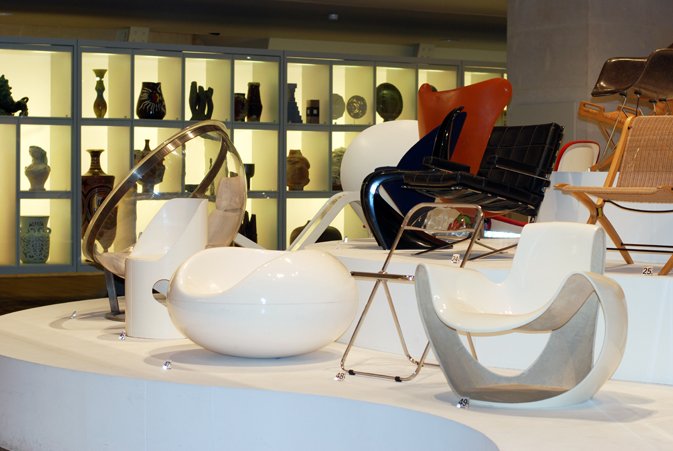
The shop, 107Rivoli, which the museum defines as “A contemporary version of the curiosity cabinet” sells objects as well as a variety of art and design books (unfortunately, virtually all of them are in French).
So, who said Paris with children is just Disneyland? We went to the Disneyland of the design world! At least that’s what it felt like, although it’s important to note that the collection is displayed logically and it’s not overly crowded. A brief text next to each piece describes the characteristics of each period and its changes, and the distinctiveness of the designer’s work serves as an anchor and helps to understand the chronological continuum. The youngster in our group moved from one exhibit to the next, we translated the text on the wall, and from time to time he chose to stop and linger in front of objects that caught his eye: the story of the Creation carved in marble, a gold-plated table, a huge urn with blue decorations that reminded him of Delft Pottery (but here it was Meissen porcelain) – each object served as an opening for relating a chapter in the history of design.
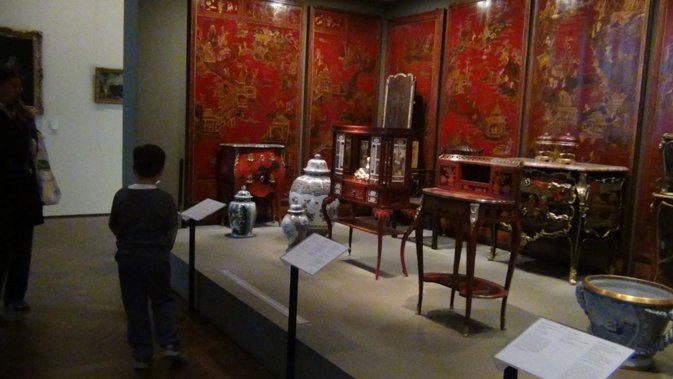
“But this is a museum of decorative arts”, I hear you say, “art, not design!”Well, the terminology is misleading, and it’s important to clarify the distinction between art and design. The term “decorative art” does not draw from the definition of classic art: non-functional painting, drawing, or sculpting. However, it can be treated like applied art. The decorative objets d’art displayed in the museum represent designed objects created prior to the Industrial Revolution, albeit emphasis was placed on ornamentation and decoration. In fact, prior to the Industrial Revolution, decorative art was a generic name for the products produced by the traditional designers and craftsmen – goldsmiths, wood carvers, weavers, fresco artists – who were commissioned to create useful objects for the home and everyday life – chairs, cabinets, vases, wall tapestries, and various utensils. Later, the designers or architects (who traditionally engaged in furniture design as well) started serially producing their works in factories, and selling to the masses.
Alongside industrialized products, in the last hundred years there has been a revival of decorative art in terms of craft, especially in light of the fact that the specialist artisans are gradually disappearing…
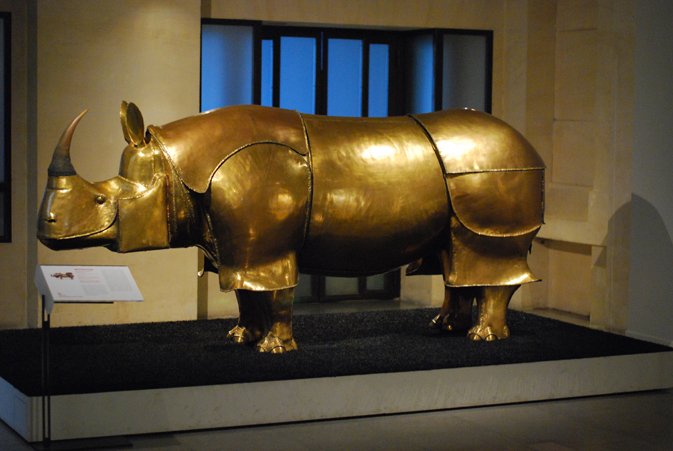
To sum up, Musée des Arts Décoratifs provides an aesthetic experience, but also enrichment and learning about the connection between man and objects. Visitors wander through the deep recesses of history, and by means of the objects exhibited in the galleries trace the evolution of the designer’s role, historical events, and geopolitical changes that often led to technological and material changes, trends, and changes in consumer tastes.
The museum also offers guided tours and activities for children that enable them to view and experience the exhibitions creatively. Exhibitions currently (June 2013) showing in the museum’s contemporary galleries include:
* Borrowing to Invent, a fascinating exhibition of artist Philippe Barde’s work in a tribute to the 1930s Swiss ceramicist Paul Bonifas. The exhibition engages in creativity, and Barde bases his work on Bonifas pieces, recreating them and then deconstructing them to create a wealth of new objects (until August 18).
* Momentané, a retrospective exhibition of the work of brothers Ronan and Erwan Bouroullec, who could be crowned the most successful French designers in the past decade, provides and overview of the breadth of their work in the past fifteen years, and traces the various stages in their international careers, including their current projects (until September 1).
